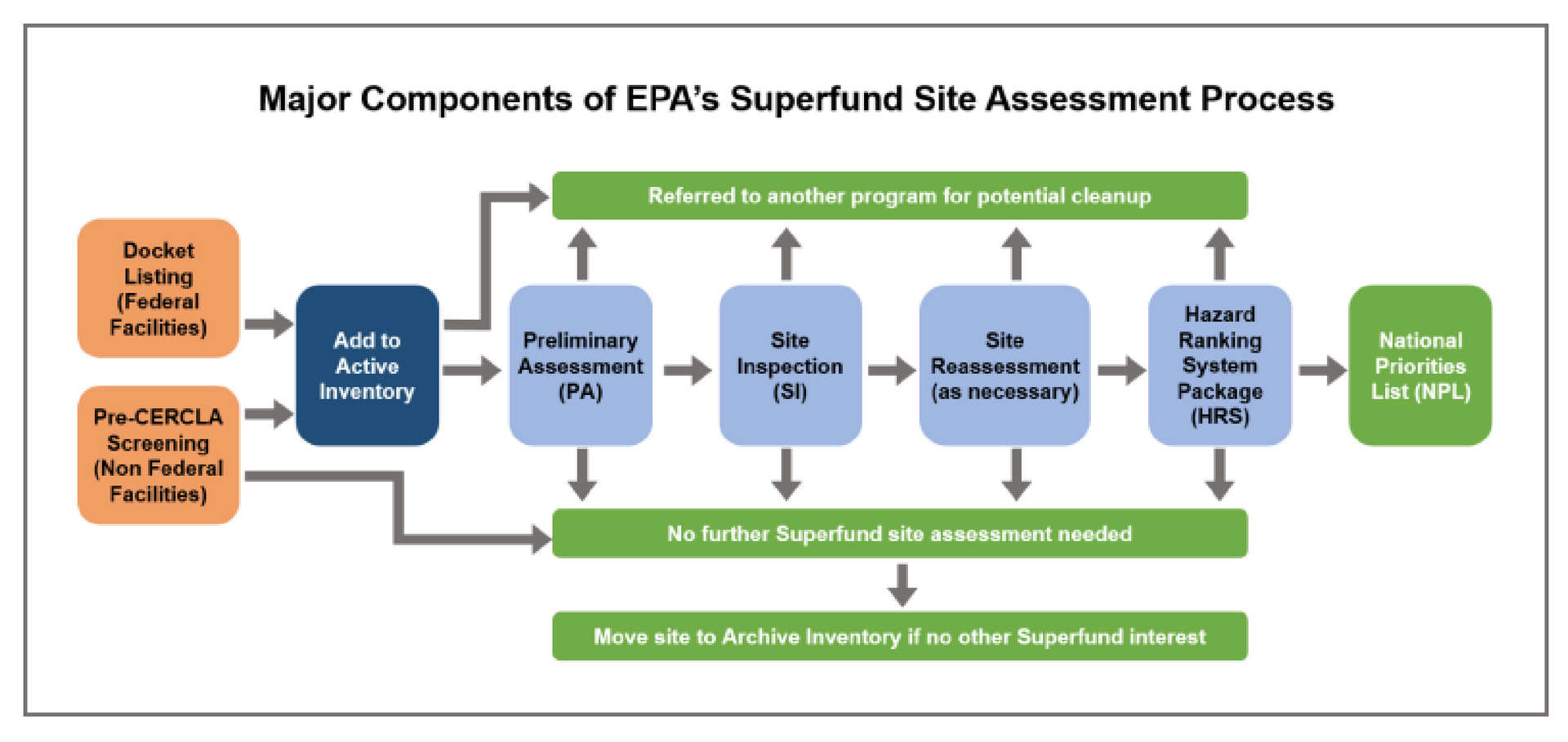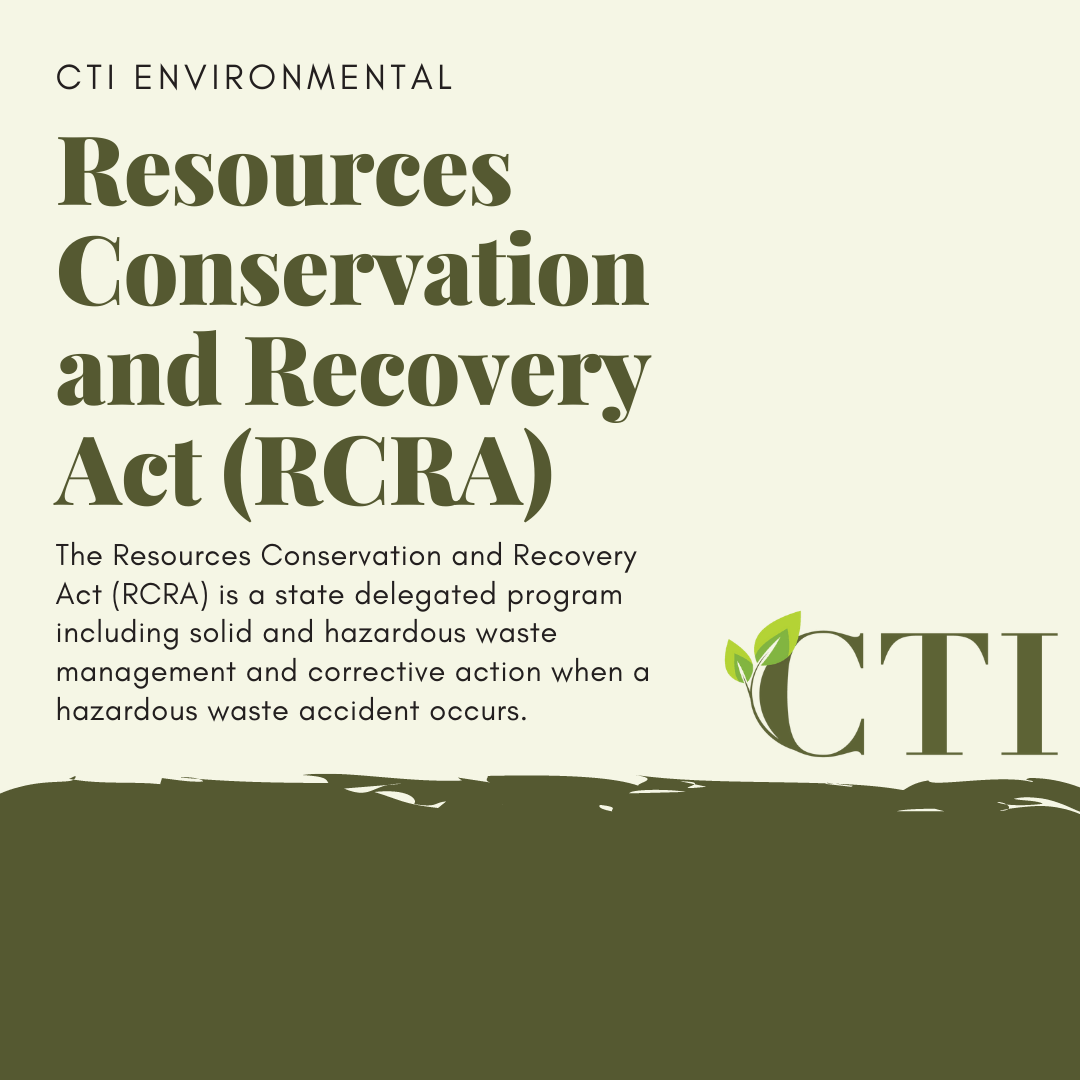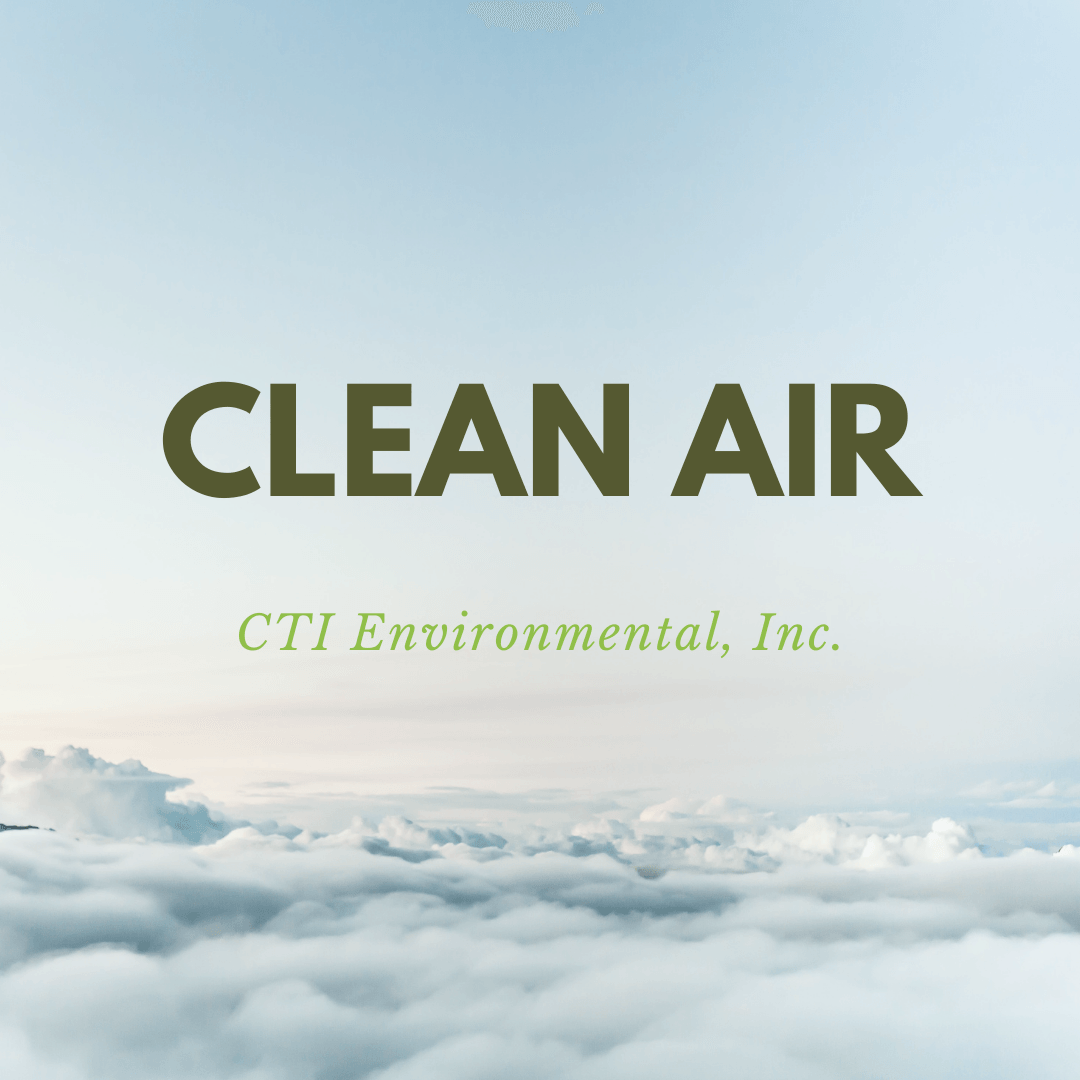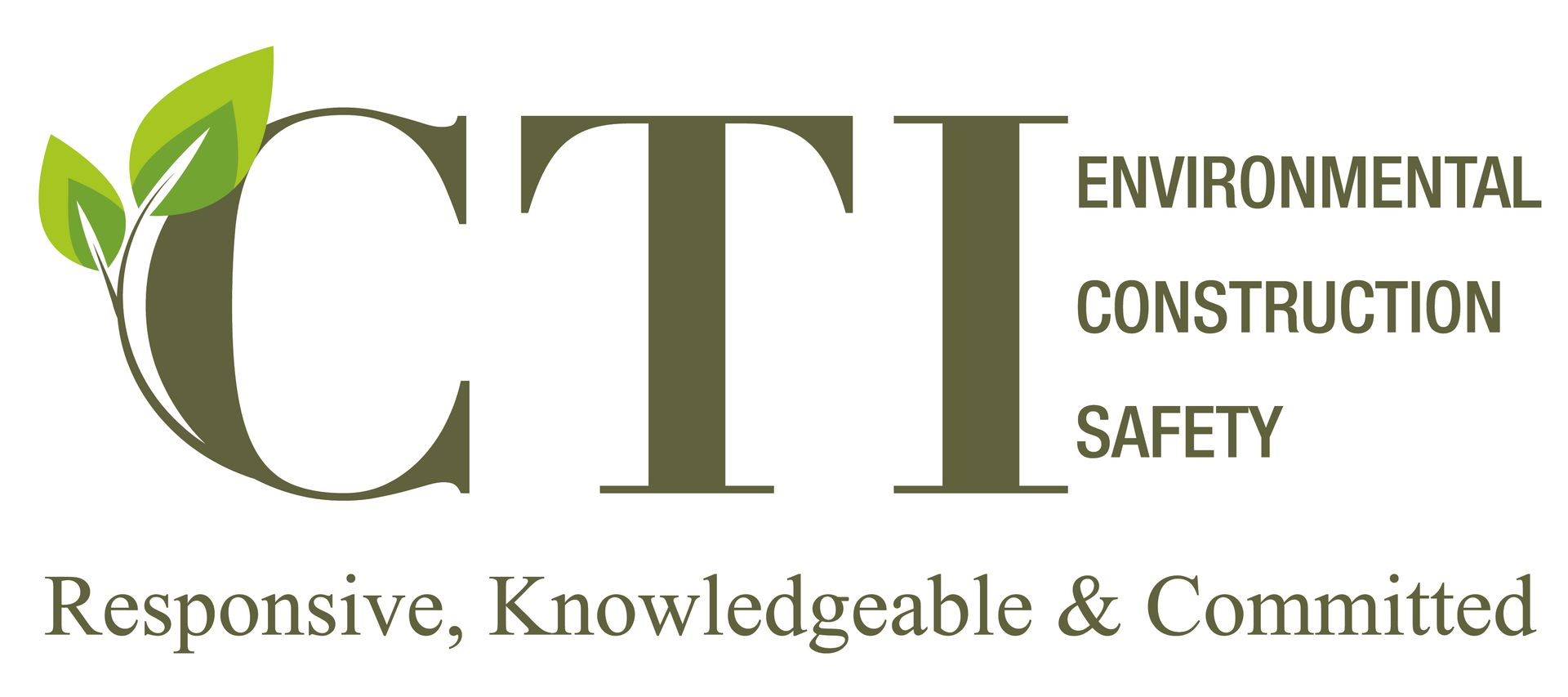Intern Insight
Orphan Oil Wells
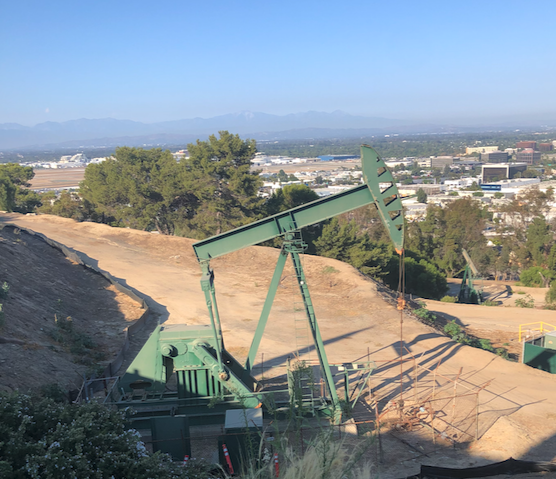
What is an Orphan Oil Well?
An orphaned oil well is a well that has been abandoned by a company that either moved or went bankrupt, causing the oil well not to have an owner, and leaving behind hundreds of feet of underground piping, fuse boxes, and internet boxes.
What is the Environmental Harm from orphaned oil wells?
Orphaned oil wells can cause grave damage to the environment, and sadly they are causing destruction right now. There are millions of abandoned oil wells that are releasing pollutants into our atmosphere and water. The issue is these wells were never properly plugged; therefore, they emit hazardous particles into the air. This contributes to climate change and the increasing temperatures we are feeling. These oil wells can be categorized as a public nuisance, health hazard, and environmental problem.
The GroundWater Protection Agency has done extensive research on the impact of these wells on groundwater. There have been issues with groundwater contamination and even a methane blowout at a California construction site. 2018 was the first year that the U.N. countries recorded the amount of methane released from these wells. The numbers were scary. With 2.1 million abandoned oil wells in the United States alone, 281 kilotons of methane is emitted. This is equivalent to consuming 16 barrels of crude oil. Methane is a greenhouse gas that is more potent and harmful than CO2 over a hundred years. Each year an abandoned well is left unplugged; it is equal to one person driving and emitting greenhouse gases in the atmosphere, directly contributing towards climate change. Since there are 2.1 million abandoned oil wells in just the U.S., it is equivalent to having 2.1 million vehicles emitting greenhouse gases. A widespread federal effort to plug the wells would prevent local air pollution, safety risks, and greenhouse gas emissions.
Brine is another environmental hazard that comes from abandoned oil wells. The brine contains radioactive and toxic substances that get emitted and infiltrates into shale. In 2014, the U.S. Geological Services stated, "Even a small percentage of compromised well bores could correspond to a large number of transport pathways." Meaning that they indicate groundwater contamination as a severe threat. Even the California Council of Science and Technology called for widespread groundwater testing in 2014, which has yet to happen today. It is proven that California, Texas, and Pennsylvania has a majority of poorly plugged wells that emit methane and toxic pollutants into the air over time. When these plugged oil wells leak, it can cause surface expression, meaning the leaks travel to the Earth's crust, and the oil, gas, and water saturate the soil. Sadly, this can cause fatal accidents. A Chevron Employee, David Taylor, was a victim of such a disaster. The company that owned the wells continued to inject high-pressure injections into the ground near the well, causing it to get oversaturated and cave in. This is where David fell into a crater of 190-degree fluid made up of hydrogen sulfide. These abandoned and poorly plugged wells can be fatal to the community, as well as the Earth.
What is the Harm to Humans?
Abandoned wells can cause serious health effects. In Central Valley, California, and the South Coast, you will find many abandoned wells, and next to those wells are houses, buildings, or communities. These wells leak natural gases and oils. This is not something you want to breathe in. As these wells continue to leak over time, it causes an explosion risk to the houses built on top. As mentioned, it causes the groundwater to get contaminated, causing harmful effects to drinking water.
Surprisingly, not all of these abandoned wells can be seen. Many of these wells in Southern California are underground, with churches, schools, and houses built on top of them. FrackTracker Alliance and Earthworks studied the methane and volatile organic compound leaks using an infrared camera in Los Angeles. They were able to film toxic and carcinogenic volatile organic compounds floating into nearby neighborhoods' air and walls. Not only is that bad for the atmosphere and contributes to climate change, but it is terrible for people to breathe in. It is a very crowded city, with young adults, families, and kids running around and exploring the town's nooks and crannies. Their video: https://youtu.be/7KH0yYShCJY , shows the toxic fumes they caught on camera entering the city of Los Angeles through the pavements, up to the sidewalks.
Environmental Injustice
According to the Environmental Protection Agency (EPA), environmental justice is the fair treatment and meaningful involvement of all people, regardless of race, color, national origin, or income, regarding the development, implementation, and enforcement of environmental laws and regulations and policies. The poor communities get overlooked by the government and get their environmental cleanups last. It is essential that we properly plug all oil wells to have a cleaner and healthier community.
Cost to Plug the Orphaned Oil Wells
The estimated cost to plug the orphaned oil well is roughly $3 million U.S. dollars. The cost to fill up the total 500,000 oil wells that need plugging in the United States would be approximately $12 - $24 billion. The price may seem outrageous, but it is well within the range of other environmental policy options. It is around $67 - $170 per ton of CO2, equivalent to greenhouse gas emissions. As costly as this sounds, there are many benefits. Not only does it create a cleaner atmosphere and water for the environment and communities, but it creates job opportunities. As many as 120,000 new jobs can be opened up if the government effectively plugs these wells. This can cause an economic boost in the oil and gas industry while being environmentally friendly. In the world of COVID-19, we know finding jobs is hard, which could be a great solution to get the economy back on track.
Real-World Stories
Hansen and Michael Rowe smelled a foul stench, like rotten eggs, coming from an abandoned oil well on their Kentucky's property. This couple was retired, and breathing these fumes leaking from the well made them feel dizzy, short of breath, and nauseous. A year later, after reporting this problem, it was determined a leak was causing the issues. The couple finally got the problem fixed, which took 40 days. The regulators concluded the leak was a mixture of methane and hydrogen sulfide.
In Western New York, a group of state regulators, researchers from the State University of Binghamton researched an old rotten, wooden structure surrounded by a rusting pipe. Charlie Dietrich, an official of the Department of Environmental Conversation, found the leak of methane from this site, with a distinct petroleum scent.
An Uplifting Story
The Well Done Foundation has launched a program to plug 80 abandoned oil wells in Montana. Curtis Shuck is the chairman of the Well Done Foundation and says, "We actually have a project going in Kansas right now. We're working with partners in Texas and Oklahoma and Pennsylvania and Colorado. Montana is really our pilot project, and we're using the lessons learned here working with the regulators, working with the surface owners to build this successful plan and program to take to these other states." A very inspiring story, but plugging these wells, as we know, does not come cheap. Curtis also states, "We put them into a very rigid monitoring program. If they qualify for our carbon finance pool, then we put them into that. If not, then we get a donor to support us in adopting the well and paying for the plugging. Plugging of an orphan well in this area, Northern Montana is about $30,000. That's all of it. That's all of our costs, the legal, the monitoring for nine months. There's a lot to it, it's more than just going out and plugging the well, and we feel it's important to understand the emission and be able to communicate that as part of the story because it's large."
Citations
https://www.fractracker.org/2019/03/failing-abandoned-wells/
